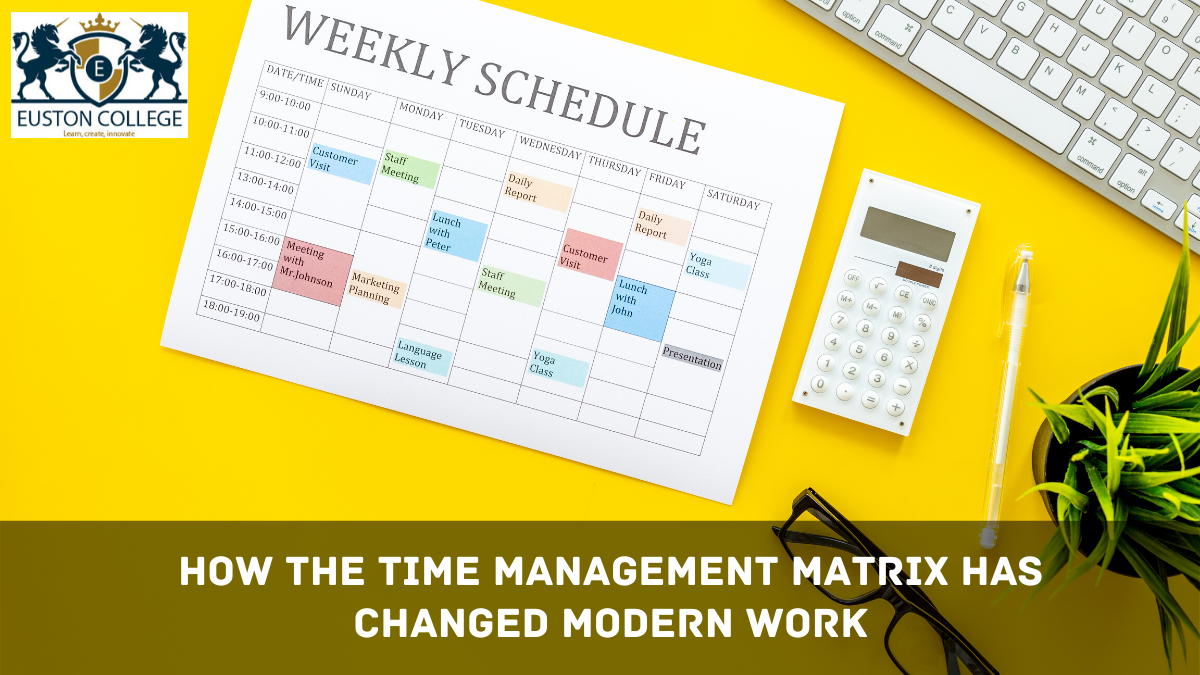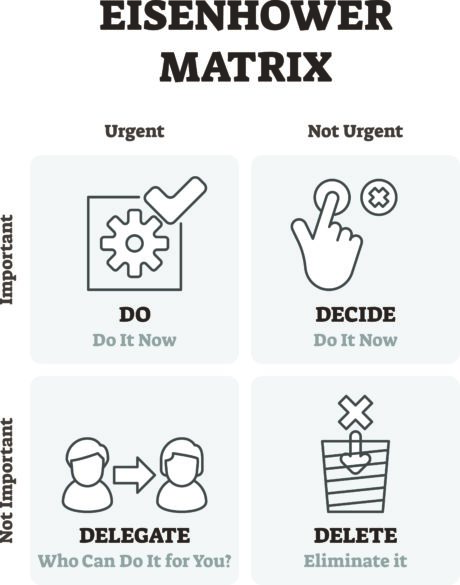
You have probably wondered how to make the most of the 24 hours you get every day. A question I have asked myself quite a few times is “How do successful people get more done in the same 24 hours as you and me?”.
Looking at the daily plans of such people will make you feel that you could never manage such a hectic schedule no matter what you do. I know because I’ve been there. And I ask you to believe me that is not the case.
Time Management
Like any skill, with focused practice time management can change your 24 hour schedule for good. To call upon a definition from Wikipedia, Time management is the process of planning and exercising conscious control of time you spend on a set of activities. In the early days time management used to relate with business and work, but now you need to manage all your time; work, social life, hobbies, all of it. With the goal of boosting efficiency, and productivity.
Time management is important in any project development mostly because it helps determine completion time. Keep in mind though, the technical and structural aspects of a time management system will vary because different cultures set different priorities. To get started in making more with your 24 hours it’s important to first,
- Create an environment conducive to effectiveness
- Set logical priorities
- Reduce time spent on non-priorities
- Implement long term goals
Time Management Matrix
To get started with making the best use of your time, experts recommend what is called a time management matrix. It’s a systematic tool to prioritize your tasks and spend time keeping the priority of the task in mind. It may not sound much but it works wonders when put to use effectively.
There are several models but you’ll benefit most from the common one first. Stephen R. Covey popularised the time management matrix based on the theory ‘our time is spent on a four-quadrant matrix. ’ originally developed by US President Dwight Eisenhower.

Covey highlighted the matrixes benefits in his book “The Seven Habits of Highly Effective People”. Covey’s matrix uses the urgent-important model. It categorizes activities in four quadrants set with Urgent, Not-urgent, Important, Not important.
To clear up the ideas, urgent means tasks that have time factor or, must be completed in a given time. Important tasks on the other hand, mean tasks that need to be completed by any means.
Quadrants Of The Covey Time Management Matrix
Quadrant 1: Urgent and Important
Here’s where the absolute life or death situations take place. It’s best to keep this quadrant free because your day-to-day activities should not bleed into this quadrant. This one’s for your emergencies, like a surprise deadline at work or a medical emergency at home. Remember that these tasks will not give you much time to plan.
Quadrant 2: Important, Not-urgent
Q2 or, quadrant 2 is where all your important activities go, but the catch is to plan for these because they aren’t dependent on time. Covey recommends spending most of your time planning and executing the tasks in this category. It’ll help you get essential work done efficiently.
Quadrant 3: Urgent, Not Important
Try and limit tasks in this quadrant because it isn’t essential for your own output. Most common examples in this quadrant are urgent emails, and phone calls that rarely add value to your time, yet take up the urgent time space. Saying no to unnecessary work is the first step for spending less time doing what you’re not supposed to do. A good practice is instead of replying instantly to every message, allocate an hour for answering emails. The world won’t end if you reply in a few hours.
Quadrant 4: Not Urgent, Not Important
You guessed it. This is where neither important nor urgent work ends up. Just like quadrant 3 you should spend the least amount of time possible on these. These tasks are small trivial activities that help us relax. Yet we tend to waste more time in this quadrant, than absolutely necessary.
The time management matrix is effective because it questions whether a certain activity brings you closer to your goals or not. If the answers yes, these responsibilities need to be prioritized over those that might demand your time but offer much less returns. Finish important tasks before spending any time on the unimportant.
Time Management Research
The importance of time management has been felt and so has the lack of research focused on it. In the last two decades, the importance of time in scientific research has got some recognition. Leading researchers have found three dimensions of time management behaviour: time assessment behaviour, planning behaviour and monitoring behaviour.
A fourth dimension was added in 2009 called executive behaviour. Time assessment behaviour consists of awareness, analysis and estimation. Planning behaviour consists of goal setting, planning, prioritising and scheduling. Monitoring behaviours are evaluating, and decision making. Executive behaviour influences ongoing activities and prioritizes.
Although you should know by now that the outputs in different scientific studies offer different results because there is a cultural factor in time management, especially when determining the important and the urgent.
A Chinese businessman will not give the same priority to learning a new skill as an American grad student should. The same thing will happen between a factory worker and a university professor. It is important you keep your life in context. If a matrix works doesn’t mean it’ll work everywhere.
Time Management Matrix has reshaped the modern work environment
Covey’s time management matrix helps put all professional activities in perspective. Let’s face it, some activities produce results and some just don’t no matter where you work or what you do. Using the matrix, professionals can prioritize their time by assigning each activity and choose what to focus on first.
Here’s a couple examples of how time management can change activities in different contexts:
For Students

For Office Professionals

As the world moves faster, it’s obvious that your urge to fit more into each day will grow with it. And that is exactly why a time management matrix is a must-have if you want to make the best use of your time. Since the quadrants can be fitted to serve any context, the results will also take effect.
Ending notes
You need to remember that it will take time to get used to, and a lot of self-control is needed. Judge your priorities according to your own goals. It’s only a matter of time before you get the swing of it. Before you know it, you’ll improve productivity and spend more time doing what matters.
A little self-control and reflection on daily activities, has changed the work environments across the world. The rapid expansion of the world makes it obvious. There is no way businesses spanning continents and multiple time zones could exist without proper time management of the individuals behind them. With this rising pace your day needs to be bigger to fit more in. Cause whatever can’t be fit gets left behind.


0 responses on "How The Time Management Matrix Has Changed Modern Work"